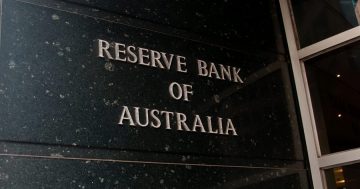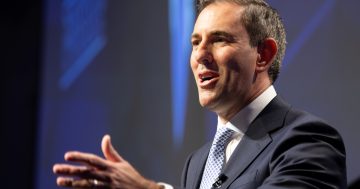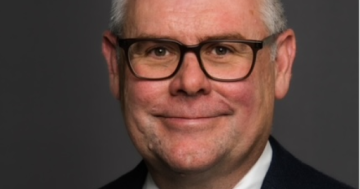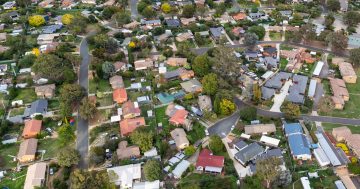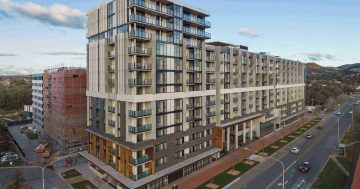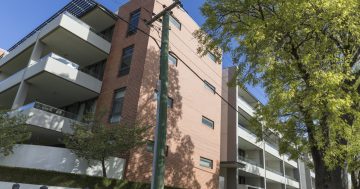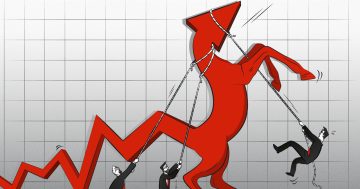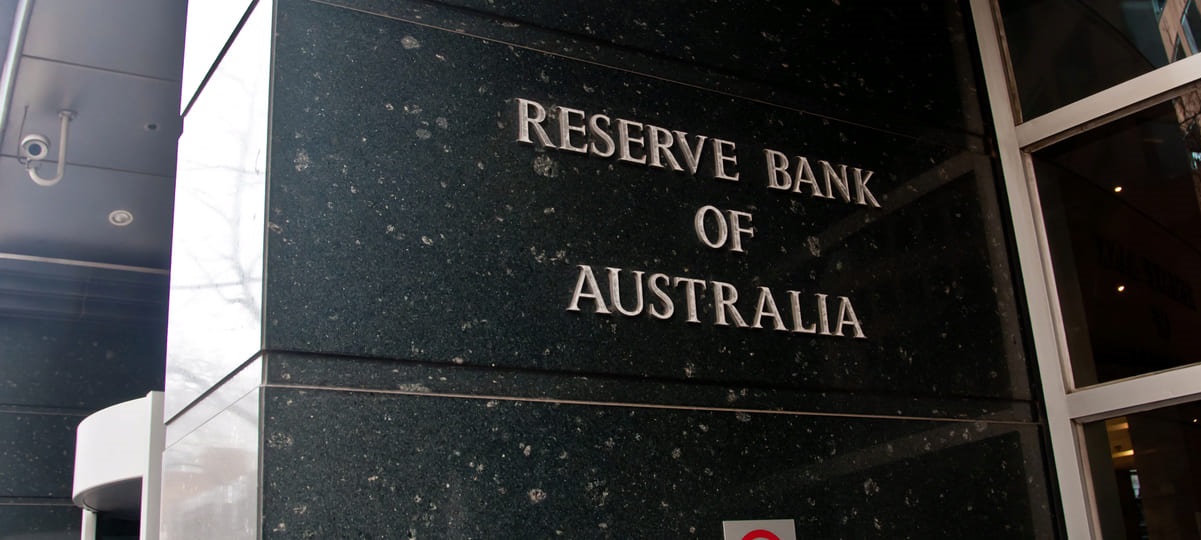
The ACTU is urging the Reserve Bank of Australia to cut interest rates in light of the latest jobs figures. Photo: RBA.
The jobs market has further softened, sparking calls for the Reserve Bank of Australia (RBA) to cut interest rates next month.
Unemployment rose to 4 per cent in December, up from 3.9 per cent in November, in a trend the union movement says will threaten more jobs unless the RBA acts on interest rates.
The Australian Bureau of Statistics (ABS) released data on Thursday (16 January) showing the seasonally adjusted unemployment rate rose by 0.1 of a percentage point in December.
The trend unemployment rate has remained within a relatively narrow range of 3.9 and 4.1 per cent for the past 12 months.
In trend terms, employment grew at the same rate as the 20-year pre-pandemic average of 0.2 per cent.
ABS head of labour statistics Bjorn Jarvis said with employment rising by 56,000 people and the number of unemployed increasing by 10,000 people, the unemployment rate rose to 4.0 per cent.
“The rise in both the number of people employed and unemployed also saw a further rise in the participation rate, that is the percentage of the population who are employed or unemployed,” he said.
“The participation rate rose 0.2 percentage points to a record high of 67.1 per cent in December. This was 0.5 percentage points higher than a year ago and 1.6 percentage points higher than March 2020.”
The underemployment rate fell 0.1 of a percentage point to 6.0 per cent, which led to the underutilisation rate falling by 0.1 of a percentage point to 10.0 per cent.
However, recent changes in youth underemployment have been more pronounced for men than women.
“While there hasn’t been much change recently in the underemployment rate for young women, the rate for young men had been rising from mid-2022 to late 2023, when there was strong growth in employment and the number of job vacancies began to ease,” Mr Jarvis said.
“However, this has since generally reversed throughout 2024, and their underemployment rate is now back to around where it was in late 2022.”
The latest jobs data adds up to an urgent need for a rates cut, according to the Australian Council of Trade Unions (ACTU).
It says the RBA has waited too long to cut rates, as evidenced in the national labour force data exposing a softening jobs market as unemployment ticked upwards.
ACTU president Michele O’Neil said Australian unions were concerned the current interest rate settings could threaten more jobs.
“Today’s softening jobs figures provide yet more evidence of the need for an urgent rate cut,” she said.
“Yet the Reserve Bank has stuck to the view that unemployment needs to go up further, before interest rates can come down. That view is outdated, flawed and will put more workers’ livelihoods at risk.
“Inflation has not been caused by workers spending. It has been caused by international supply side shocks, amplified by corporate price gouging.
“So, waiting for unemployment to get worse before cutting rates is harsh and unnecessary.”
The RBA has stated unemployment would need to rise to 4.5 per cent for inflation to be sustainably within its 2-3 per cent target band.
But Ms O’Neil noted inflation had already dropped from a high of 7.8 per cent to 2.2 per cent. Unemployment has risen from 3.5 per cent to 4 per cent over the same period.
“To hit the RBA’s desired rate of 4.5 per cent unemployment, another 80,000 workers would have to lose their jobs, based on today’s figures,” she said.
“The RBA’s view that a sustainable jobs market needs to have an unemployment rate of 4.5 per cent, or higher, is out of date and puts more workers’ livelihoods at risk.
“Waiting for more job losses before easing back on rates is an unfair penalty to exact on workers and their families and will do nothing to tame headline inflation that is already within the RBA’s target band.”
She said the RBA had a legislated objective to support full employment and it was time the bank’s board did that.
“Private sector investment has slowed, and workers are being so cautious that they are saving more than the income boosts they got from the July tax cuts to rebuild their savings and pay off debt.”












